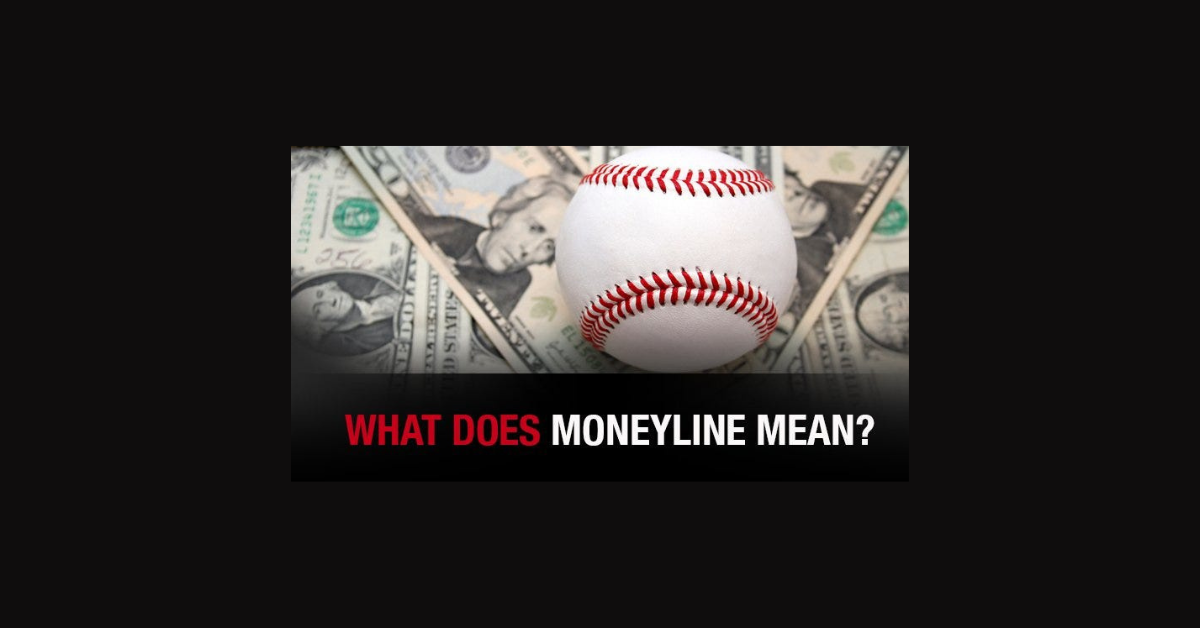Understanding Moneyline Betting
When it comes to sports betting, moneyline betting is one of the simplest and most common forms of wagering. It involves placing a bet on who will win a game, match, or event. The moneyline odds are presented with either a plus (+) or minus (-) sign in front of the number, indicating the underdog or favorite, respectively.
For example, if a baseball team is listed with a moneyline of +150, it means that a $100 bet on that team would potentially result in a $150 profit if they win. On the other hand, a team with a moneyline of -120 would require a $120 bet to potentially win $100. Understanding moneyline odds is essential for making informed betting decisions and maximizing your chances of success.
Key Concepts of Moneyline Betting
When it comes to moneyline betting, one of the key concepts to understand is the difference between underdogs and favorites. In moneyline betting, the underdog is indicated by a plus sign (+) before the odds, highlighting the potential profit on a $100 bet. On the other hand, favorites are denoted by a minus sign (-) before the odds, representing the amount needed to wager in order to win $100.
Another important concept in moneyline betting is the concept of implied probability. The moneyline odds assigned to each team offer insight into the implied probability of that team winning the game. By converting these odds into percentages, bettors can evaluate the likelihood of an outcome as implied by the odds and make informed decisions when placing their bets.
How Moneyline Odds Work in Baseball Betting
Moneyline odds in baseball betting indicate the potential payout associated with a specific team winning a game. Positive odds represent the potential winnings on a $100 bet, while negative odds represent the amount needed to be wagered to win $100. For example, if a team has odds of +150, a $100 bet would pay out $150 in profit if that team wins.
When looking at moneyline odds in baseball, it is essential to consider both the favorite and the underdog. The team with negative odds is considered the favorite and is expected to win the game, while the team with positive odds is the underdog and is expected to lose. Understanding how to interpret these odds is crucial for making informed betting decisions in baseball and maximizing potential payouts based on the perceived likelihood of a team winning.
Factors Affecting Moneyline Odds in Baseball
Moneyline odds in baseball are affected by various factors that contribute to the overall outcome of a game. One key factor is the starting pitcher for each team. The performance and reputation of the starting pitchers can significantly impact the moneyline odds, as bettors often place heavy emphasis on the capabilities of these key players. A star pitcher on the mound can shift the odds in favor of their team, while a weaker or inexperienced pitcher may result in less favorable odds.
Another important factor that influences moneyline odds in baseball is the team’s recent performance and overall record. A team on a winning streak or with a strong track record against their upcoming opponent is likely to have better odds compared to a team that has been struggling or facing challenges. Bettors often consider these trends when placing their bets, leading to adjustments in the moneyline odds to reflect the perceived strengths and weaknesses of the competing teams.
Reading Moneyline Odds in Baseball Betting
When looking at moneyline odds in baseball betting, you’ll notice that each team is assigned a three-digit number that represents their odds of winning the game outright. The negative number indicates the favorite, while the positive number indicates the underdog. For example, if you see the New York Yankees listed at -150 and the Boston Red Sox at +130, the Yankees are favored to win.
In addition to the favored and underdog labels, the numbers themselves provide valuable information. The negative number tells you how much you need to bet to win $100, while the positive number shows how much you stand to win if you bet $100. So, using the above example, you would need to bet $150 on the Yankees to win $100, while a $100 bet on the Red Sox would yield a $130 profit if they win.















